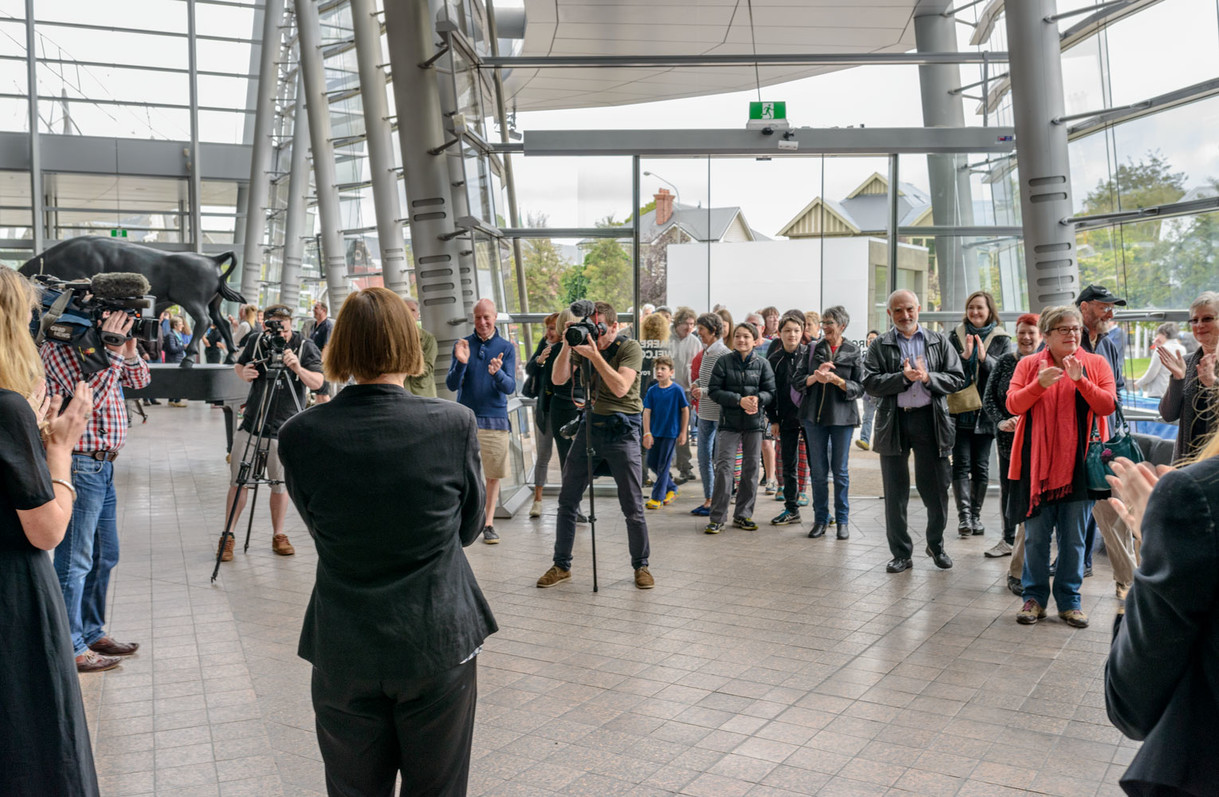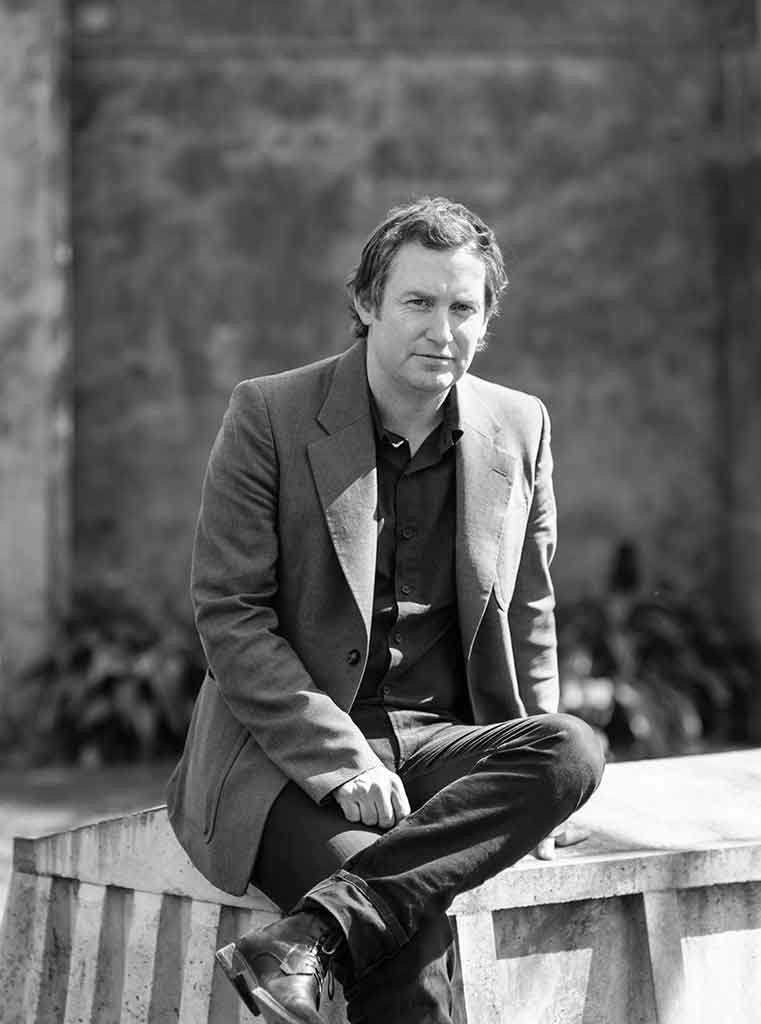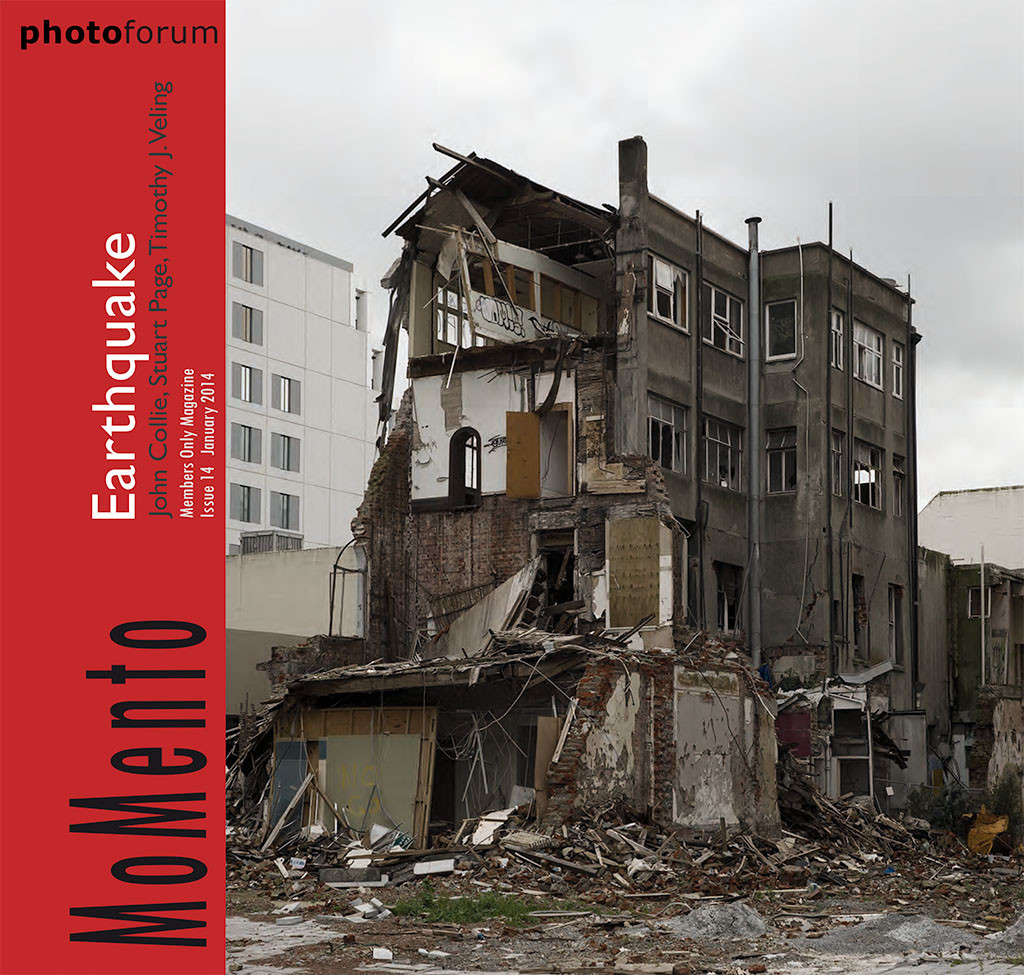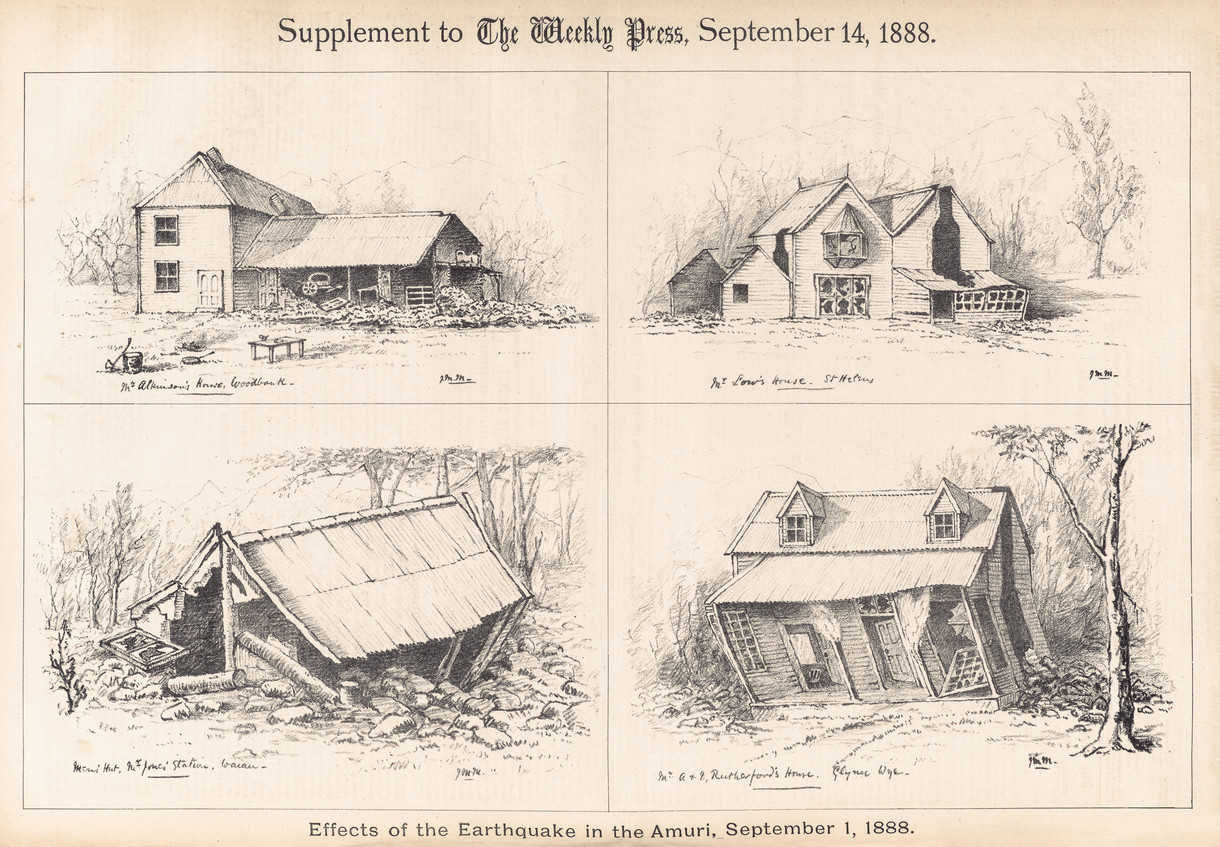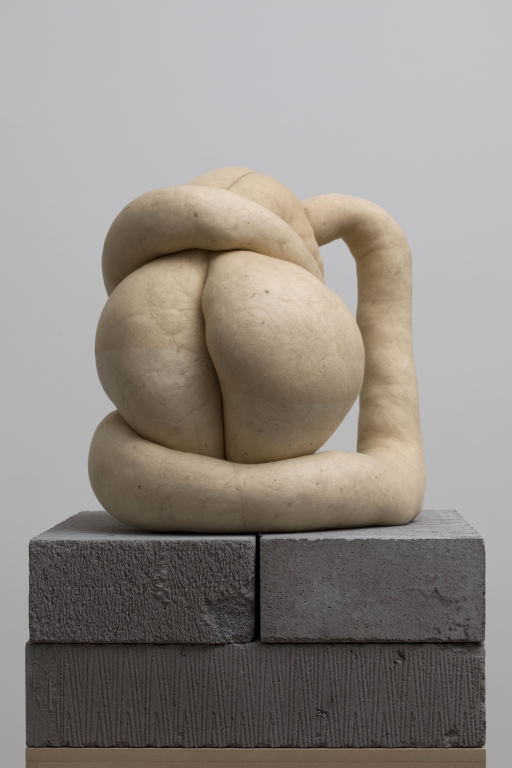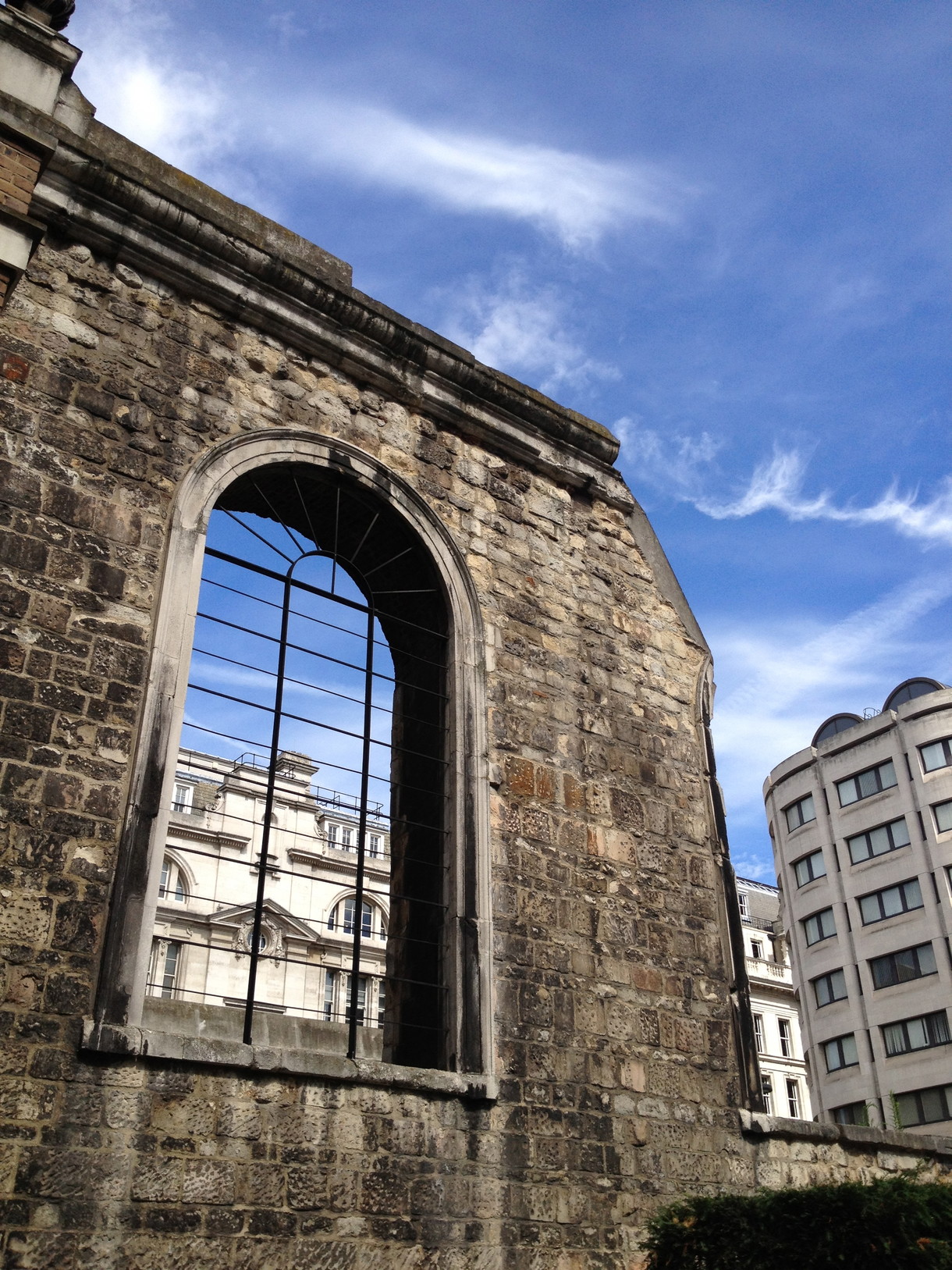Regional revitalization with art
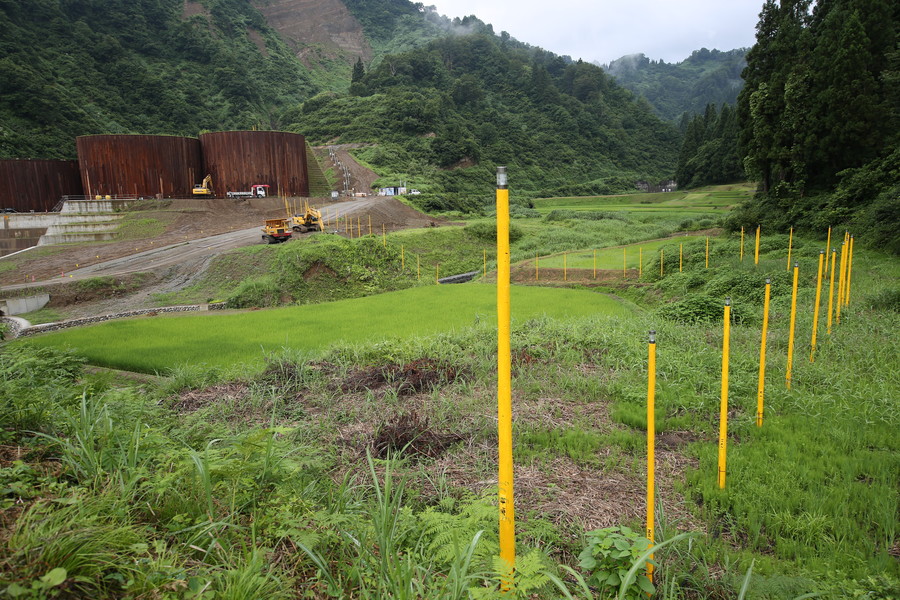
Yukihisa Isobe A Monument of Mudslide 2015. Photo Gentaro Ishizuka
Rei Maeda, coordinator of the Echigo-Tsumari Art Triennale, writes on art’s contribution to the regeneration of a remote rural area of Japan.
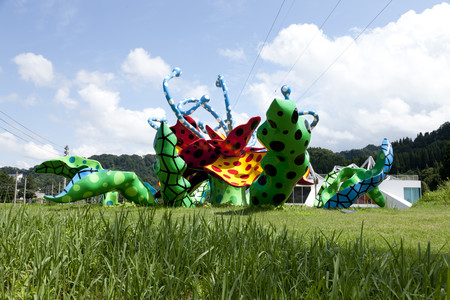
Yayoi Kusama Tsumari in bloom. Photo: Osamu Nakamura
On 12 March 2011, the day after the Tohoku earthquake and tsunami, a great earthquake struck the region where the Echigo-Tsumari Art Triennale is held. The devastating effects of the earthquake threatened the fifth Triennale planned for the following year, but the local residents were not discouraged and committed to the work needed to rebuild in time for the festival. The Triennale team were initially puzzled by their response, recalling that the locals had been skeptical or even opposed toward the event at first. Then we realized that they had changed over the years and had come to take great pride in the art festival and feel a sense of ownership towards it.
The Echigo-Tsumari Art Triennale was launched in 2000 with the aim of revitalizing the Echigo-Tsumari region (comprising Tokamachi City and Tsunan Town, Niigata Prefecture), which suffered from depopulation and an aging population. The government’s post-war policies of prioritizing the urban over the rural and reducing agricultural production, not only fatally weakened the country, but also robbed elderly farmers of their dignity and purpose in life. The Triennale was conceived to bring pride back to local people and build a base for regional regeneration.
The region still retains a cultural landscape called satoyama, Japanese traditional landscape shaped by 1,500 years of farming by a population closely connected to the earth. The people of the region have coped with repeated, harsh natural disasters such as heavy snowfalls, earthquakes and floods. That humans are part of nature is clear in Echigo-Tsumari and this concept has been the guiding inspiration of the Triennale’s activities and artworks. Over the course of six Triennales, more than seven hundred artists from around the world have created works in rice fields, abandoned houses and closed schoolhouses in the satoyama landscape. They have questioned what art can do in a place so severely affected by modernization and globalization. Learning from the local communities’ survival in a difficult climate and a challenging landscape, they have sought the vast potential of art. The artworks function as devices to expose and highlight the power of the sites and rediscover relationships among nature, art, and humanity. The empty houses and school buildings once regarded as useless relics have become outstanding resources for artists, architects and other experts.
For the sixth Triennale this summer, 380 works were installed, including over 200 permanent works. The artworks are dispersed across a 760 square kilometre area, with fewer than 70,000 permanent inhabitants. Over half a million people visited the area during the 50 day festival. Traveling from one work to the next, visitors interact with the artworks and the local communities, experience the full historicity and cultural context of the area and open their senses.
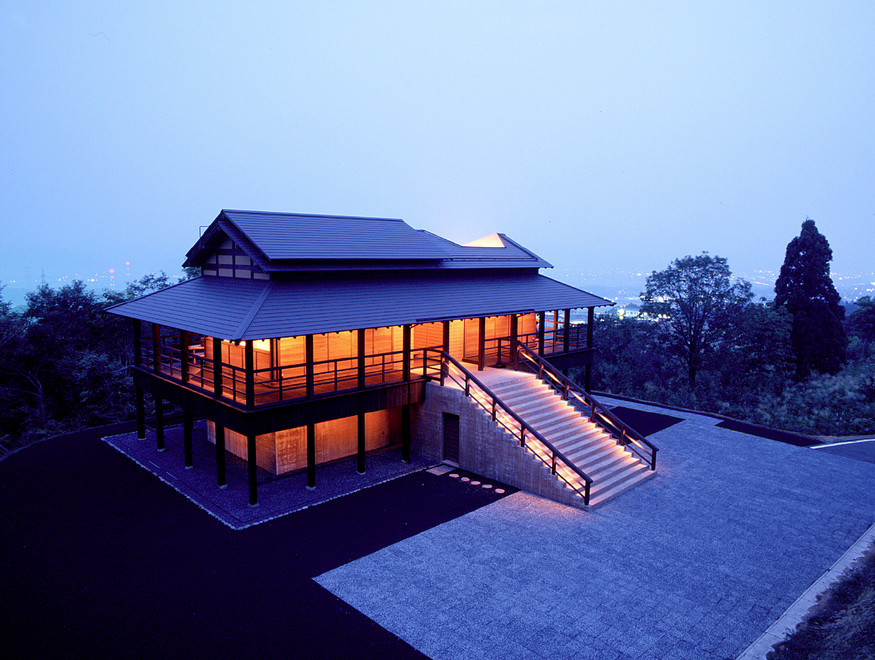
James Turrell House of Light 2000 - ongoing. Photo Tsutomu Yamada
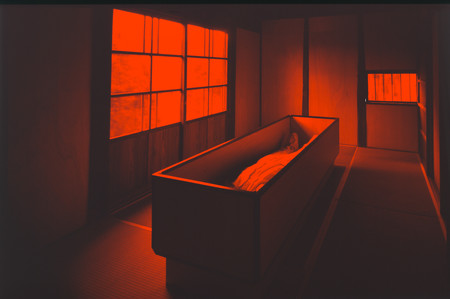
Marina Abramović's Dream House 2014 - ongoing. Photo Anzai
There are no conventional gallery spaces or art museums in Echigo-Tsumari. When an artist takes on a project, permission to carry it out must be obtained from the landowner. Realizing their ideas on someone else’s land requires the artists to deeply consider the site, establish positive relationships with the local residents and the community, which leads to a mutual willingness to see beyond the private and individual.
The typical and symbolic work is Ilya and Emilia Kabakov’s Rice Field. It was created in a terrace rice field for the first Triennale. Initially the landowner rejected the artist’s offer, as he had suffered a broken femur, had no successor and had resolved to retire. But Kabakov never gave up. He studied Japanese agriculture and rice production, and finally his enthusiasm and respect for the overwhelming labour of the farmer won over. When the Triennale was opened, numerous visitors applauded not only Kabakov’s work but also the owner’s rice terraces. He regained his pride and, despite his physical decline, he continued farming the field until the third Triennale.

Ilya and Emilia Kabakov The Rice Field 2000 – ongoing. Photo Osamu Nakmura
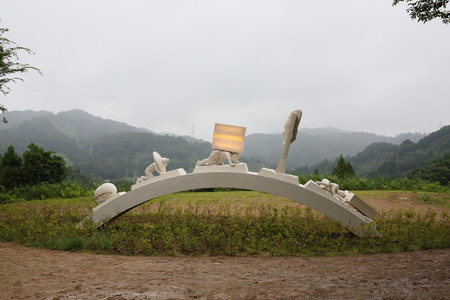
Ilya and Emilia Kabakov The Arch of Life 2015 – ongoing. Photo Osamu Nakmura
Art is not useful and has no direct influence. Art is like a baby. It can be cumbersome and burdensome and will perish if left alone. It requires the support of those around to help nourish it. Over the 15 years of the Triennale, many people have been involved in producing and maintaining artworks, which belong not only to the artists but also the locals and to all involved in the projects. Art connects people with different backgrounds and ideas, and brings about collaborations that transcend origin, generation and profession. The meetings of different people, including elderly local farmers, urban youth, artists and foreigners have sparked chemical reactions.
Driven by the unification of financial markets and communication systems, globalization and homogenization have begun destroying the conditions humanity requires to exist. We are facing the age of the global environment and we need to shift the way we think and live. We hope the Echigo-Tsumari Art Triennale can offer an example of reconnecting people to nature and indicate some hope for our survival.
Rei Maeda has worked as coordinator for the Echigo-Tsumari Art Triennale since its beginning and was involved in the international programs of Setouchi Triennale in 2010 and 2013, as well as working as an editor. If you would like to read more about Echigo-Tsumari, Fram Kitagawa’s book Art Place Japan Echigo-Tsumari Art Triennale and the Vision to Reconnect Art and Nature is published by Princeton Architectural Press.
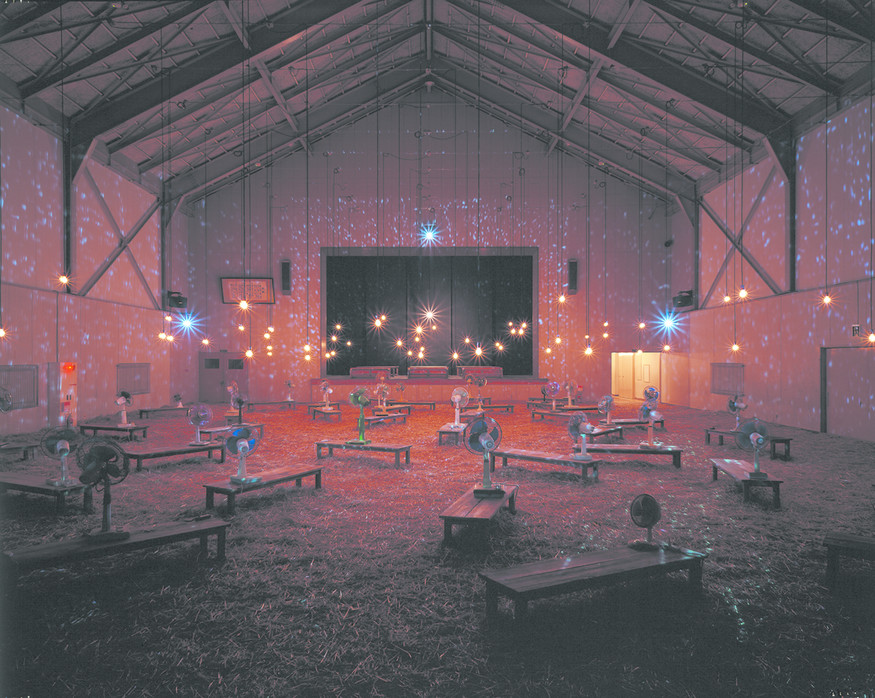
Christian Boltanski and Jean Kalman The Last Class. Photo H. Kuratani

Seizo Tashima Hachi and Seizo Tashima Museum of Picture Book Art 2009 – ongoing. Photo: Gentaro Ishizuka
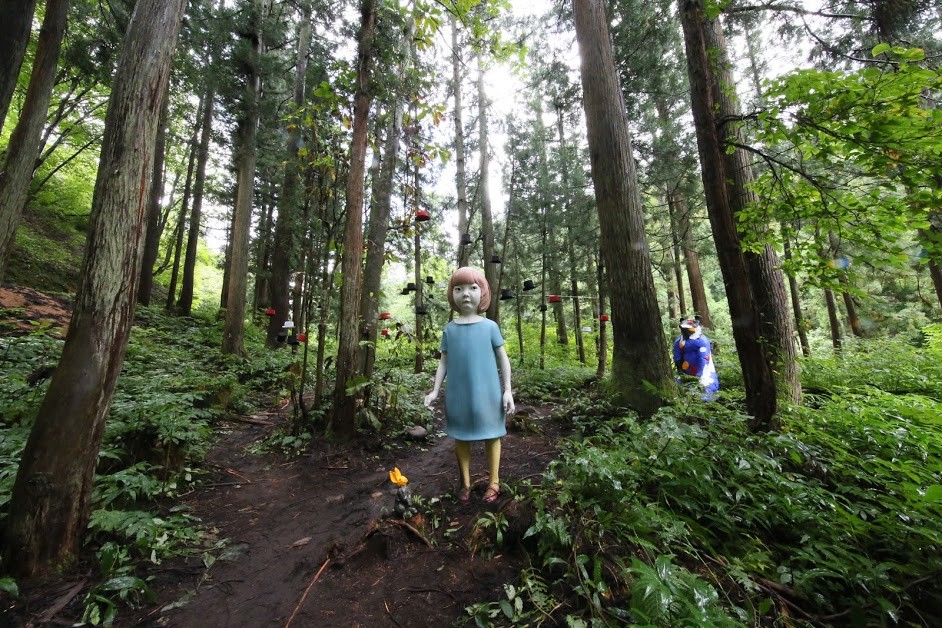
Shi Hai Forest Dream. Photo: Gentaro Ishizuka

Akiko Utsumi For Lots of Lost Windows 2006 – 2006. Photo H. Kuratani








